Forest Health is defined in state statute as “the condition of a forest being sound in ecological function, sustainable, resilient and resistant to insects, diseases, fire and other disturbances and having the capacity to meet landowner objectives.” (RCW 76.06)
Read 20 Year Forest Health Plan Here
20 YEAR FOREST HEALTH STRATEGIC PLAN GOALS
1. Conduct 1.25 million acres of scientifically-sound, landscape-scale, cross-boundary management and restoration treatments in priority watersheds to increase forest and watershed resilience by 2030.
2. Reduce risk of uncharacteristic wildfire and other disturbances to protect lives, communities, property, ecosystem, assets and working forests.
3. Enhance economic development through implementation of forest restoration and management strategies that maintain and attract private sector investments and employment in rural communities.
4. Plan and implement coordinated landscape-scale forest restoration and management treatments in a manner that integrates landowner objectives and responsibilities.
5. Develop and implement a forest health resilience monitoring program that establishes criteria, tools and processes to monitor forest and watershed conditions, assess progress and reassess strategies over time.
Crews implement prescribed burning after thinning making it easier for firefighters to put out potential unwanted fires and re-introduce controlled fire back to this fire adapted forest.
Priority Landscapes in the Tapash Sustainable Forest Collaborative where land managers and community members are working together across all lands to meet landowner objectives, reduce risk to fire to shared values, and increase forest and community resiliency.
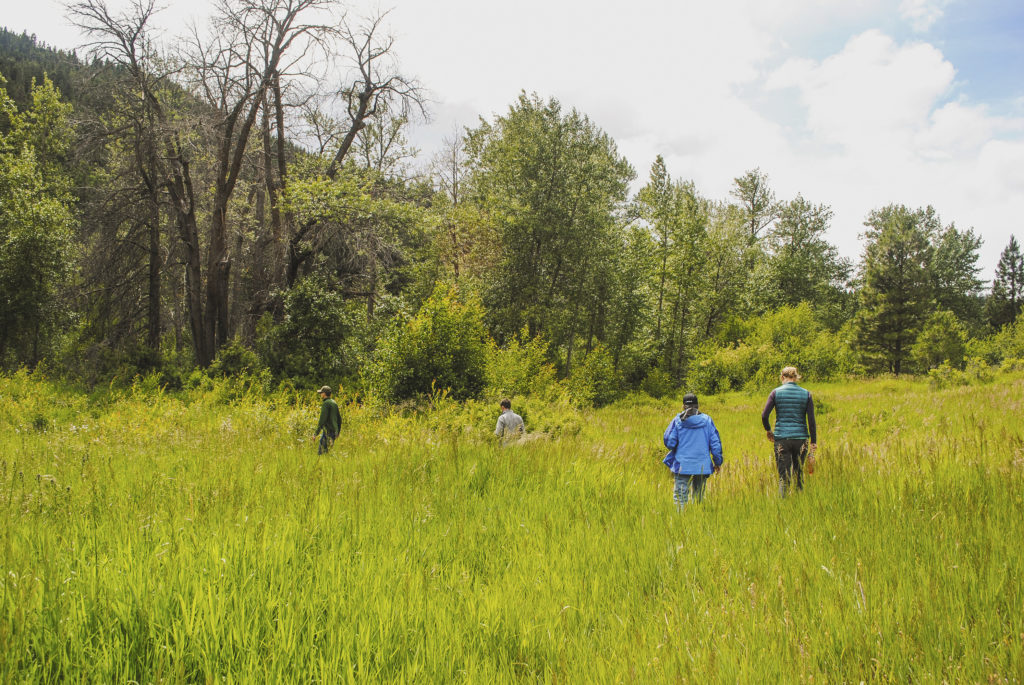
Photo by The Nature Conservancy (Zoe van Duivenbode). 
Photo by The Nature Conservancy 
Photo by The Nature Conservancy (Zoe van Duivenbode). 
Photo by The Nature Conservancy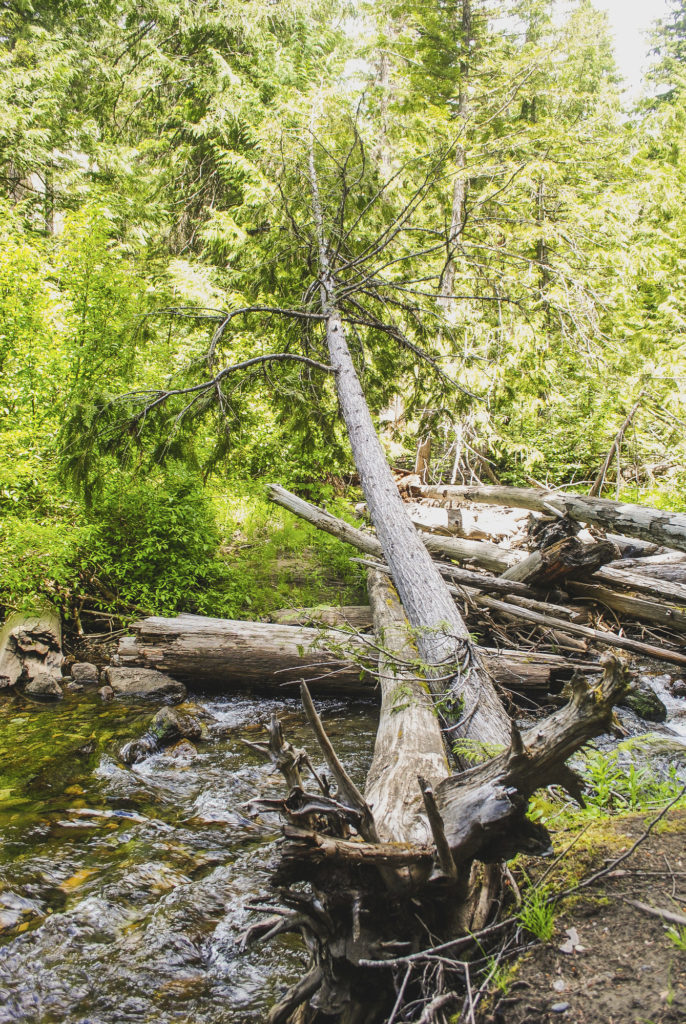
Photo by The Nature Conservancy (Zoe van Duivenbode) 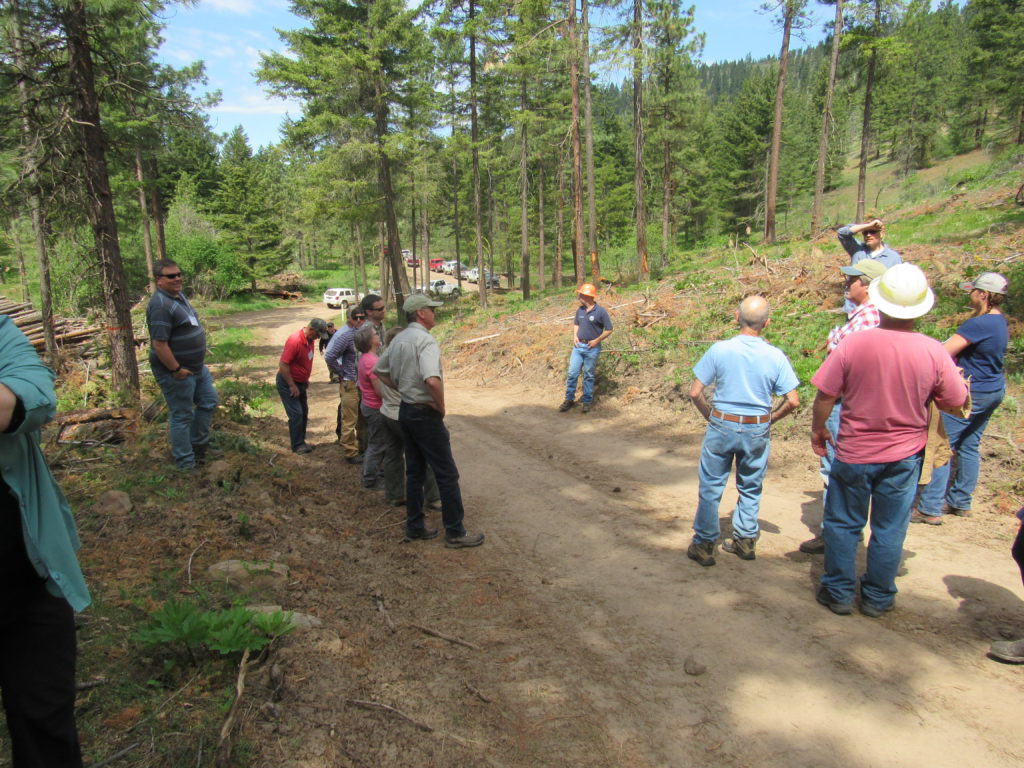
Photo by Washington Resource Conservation and Development Council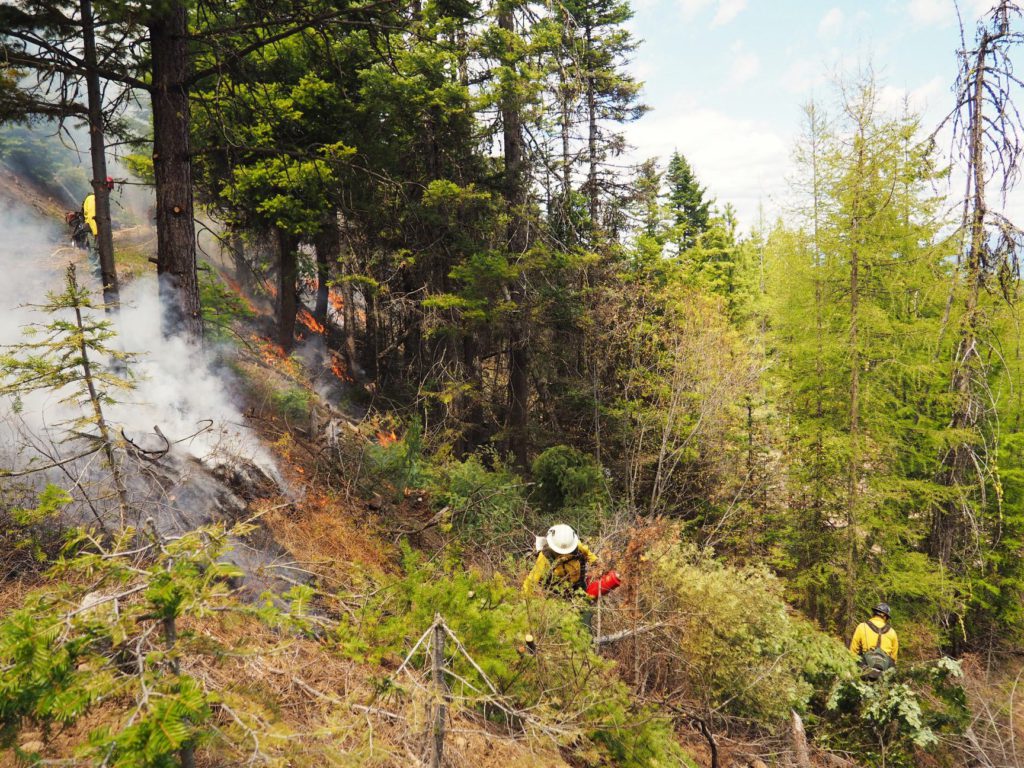
Photo by John Marshall 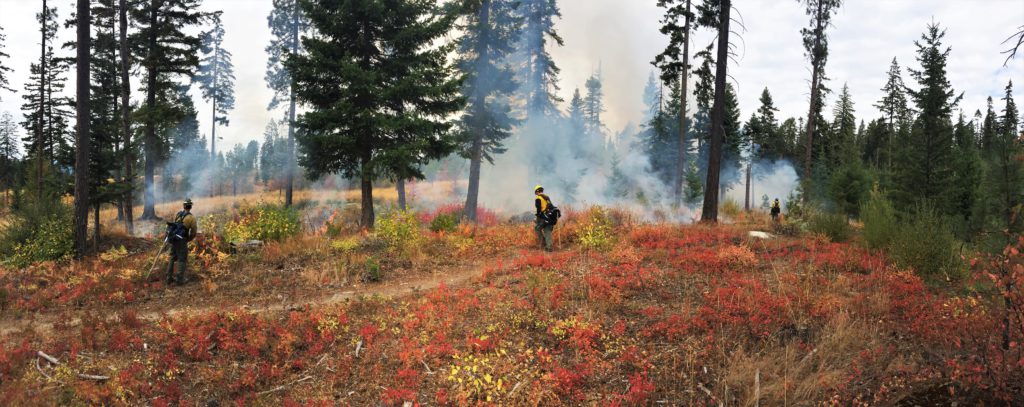
Photo by Washington Prescribed Fire Council
